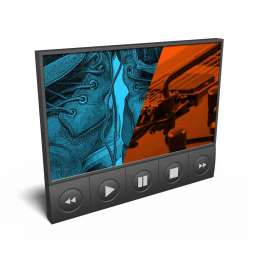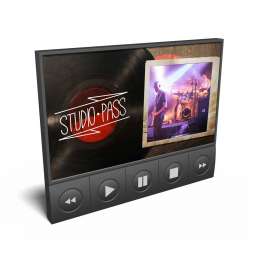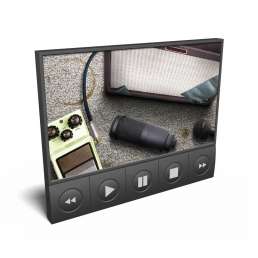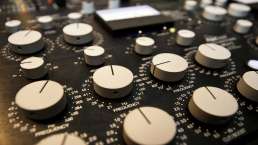Even nowadays, one of the main goals of many bands is to record their music in a professional recording studio. Be it, because they don’t have enough homerecording experience or they just do not want to deal with the trouble when recording themselves. When recording in a studio many interlocking steps that all contribute to the desired end result will happen one after another. But what is the exact course of action during the recordings and what is getting done in each step?
Befor recording in a studio you usually do a so called pre-production. After that, the actual recording process is the first step in getting your music to CD/Spotify/iTunes. It’s the primary step that defines the basic sound of your record and above all, it’s the moment when you try capture all the underlying emotions of your music to the best of your abilities. Therefor, it’s crucial for every instrumentalist and vocalist to be well prepared for the session. Bring new guitar- or bass strings, pack your favorite stomp-boxes, drum sticks, kick pedals, drum-thrones, microphones, headphones, synthesizers and all the other stuff that makes you feel comfortable on your instrument. Make sure that you have practiced all your parts well enough to prevent the whole experience from going south! It can be really frustrating when you can’t deliver a satisfying performance and, as a result, get behind schedule. In each studio there should also be at least one experienced engineer who takes care of all the recording stuff while you can fully focus on playing.
At the beginning of every session you have to choose which istrument you want to use for recording. Drums, for example, have many parameters that can affect the sound of the instrument.Be it the wood the shells are made of, the hoops, the drum-heads or the snares on your snare drum – treat all elements with care. It’s similar with guitar, bass, etc.
The next challange when recording in a studio is to choose the right microphone for the right task. Due to the fact that all microphones have a different frequency response, which means that certain frequencies get boosted or cut, you can shape the basic sound, e.g of a kick-drum, with the choice of your microphone.
Each microphone needs a microphone-preamp that amplifies the incoming signal to a reference level that has a hig enough signal-to-noise ratio (SNR). After that, the ampliefied signal gets transferred into the digital domain by a analog to digital converter (A/D conversion). The microphone preamp also can add a distinctive sound coloration to the signal. In addition to that, the signal can be further processed with additional signal processors like equalizers or compressors before it hits the a/d-converter and gets sent to your DAW.
Each of these steps adds a little something to the final sound you’re going to record to your hard drive. But be aware of the emphasis of the elements involved: The musician always has the biggest impact on the quality of the sound and the a/d converter the least. That said, there are two typical scenarios how a record in a studio can be done.
Scenario one is the layering method which gets used the majority of the time in todays music production. Thereby all instruments are recorded one after another – in layers, so to speak. The layering of a typical rockband, for example, would begin with drums, then bass guitar, rhythm guitar, lead guitar and at last the vocals. The big advantage of this methode is that the sound and the takes of the individual instruments can be finetuned until they meet the expectations of the musicians and the producer. Another advantage is that the individual tracks can be edited very easily because there is hardly any crosstalk between the different insturments.
Scenario two is the band-recording method and as the name suggests, it’s all about recording a band. In this case all the instruments are recorded simultaneously. The advantage of this method is that all musicians play together in a room or in seperate recording-booths. Therefor they can interact with and react to the playing of each other. This method requires a high level of musicality and the band members should be well attuned.
If you have other questions about homerecording feel free to browse through all my homerecording posts.
Header image: Mike Pfaffenhuemer
Relevant products
Similar posts
Mixing audio – What is mixing and can I do it myself?
Thanks to modern technology, almost anyone can produce their music at home - even with a low-budget…
What is audio editing and is it really necessary?
You've carefully recorded all your instruments with the best possible audio quality and you've put…
What is mastering and do I really need to master my tracks?
Nowadays songs get mixed on headphones, music is consumed via cellphone speakers but also played on…
What is a pre-production and do I need it for my record?
The pre-production is the one part in music production that many musicians do not know much about.…
Music production history – The 5 most important eras
Music production history and the path to our modern way of recording is characterized by many…
The 4 main music production disciplines explained
For people who are getting started with music, production terms like mixing, mastering, recording,…














